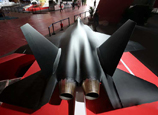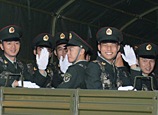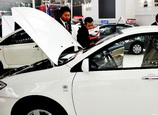
Shift of spending
The result will be a shift of spending toward discretionary categories, including personal items, recreation, education and cultural expenditures, and transportation and communication spending.
In the countryside, the market will grow even as employment shrinks. For those who remain, the Chinese government is instituting policies that aim to narrow the gap between urban and rural incomes by lowering rural taxes, increasing consumption subsidies, and putting in place measures to enhance the rural social-security net and improve rural living conditions.
To think of China as a single economy is to make a similar mistake as thinking of Europe as one single country: the quality and pace of urban development is likely to vary sharply across China. Cities are at different stages of development, and the development paths they will follow are likely to vary and reflect strengths specific to each city.
Our projections suggest that growth will be fastest outside China's megacities. In the next two decades, the dozens of smaller cities with current urban populations of less than 1.5 million will make the largest contribution to growth.
A large number of these cities - now at earlier stages of development than the larger cities and so with more growth potential - will expand to become cities with populations in the 1.5 million to 5 million range. This group will represent the single largest growth cohort and contribute 40 percent of total China urban GDP growth through 2030.
Cities that currently have a population in the 1.5 million to 5 million range will contribute about 25 percent of GDP growth over the same period, while cities with populations that are already above 5 million will contribute about 35 percent.
The small cities will form hub-and-spoke type clusters around the megacity or big-city hubs that are already in existence: we have identified 22 such emerging economic clusters, each the size of a midsize European country. For example, the GDP of the Shandong cluster (around Jinan and Qingdao) will by 2020 be similar to the size of South Korea's today, while the GDP of the central cluster - cities around Zhengzhou in the center of China - will be similar to Denmark's.
















 Landmark building should respect the public's feeling
Landmark building should respect the public's feeling


![]()
